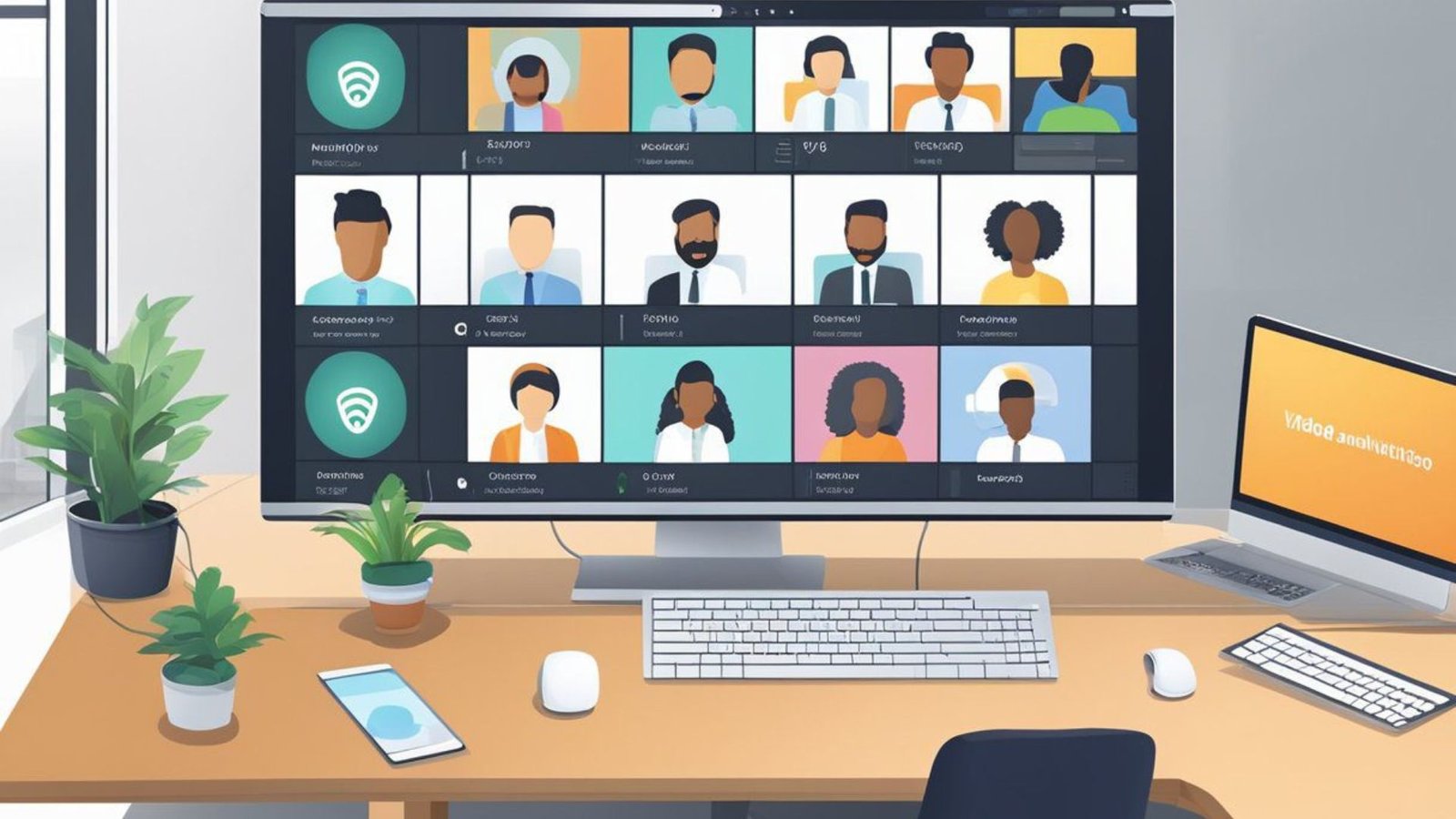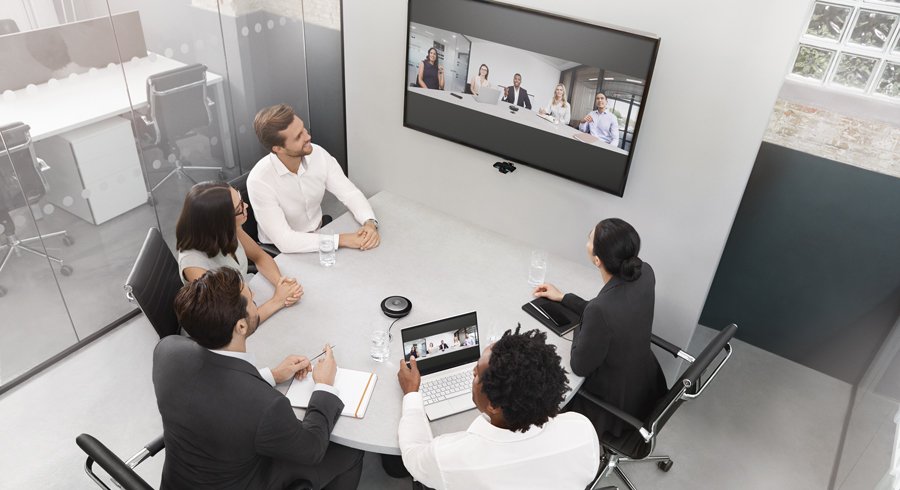Tips for Effective Communication in Audio Conferences
Audio conferences are a staple in today’s business environment, allowing teams to collaborate and communicate seamlessly across different locations. However, the lack of visual cues and potential for technical issues can sometimes hinder communication. Here are some tips to ensure your audio conferences are as effective and productive as possible. 1. Prepare an Agenda and









